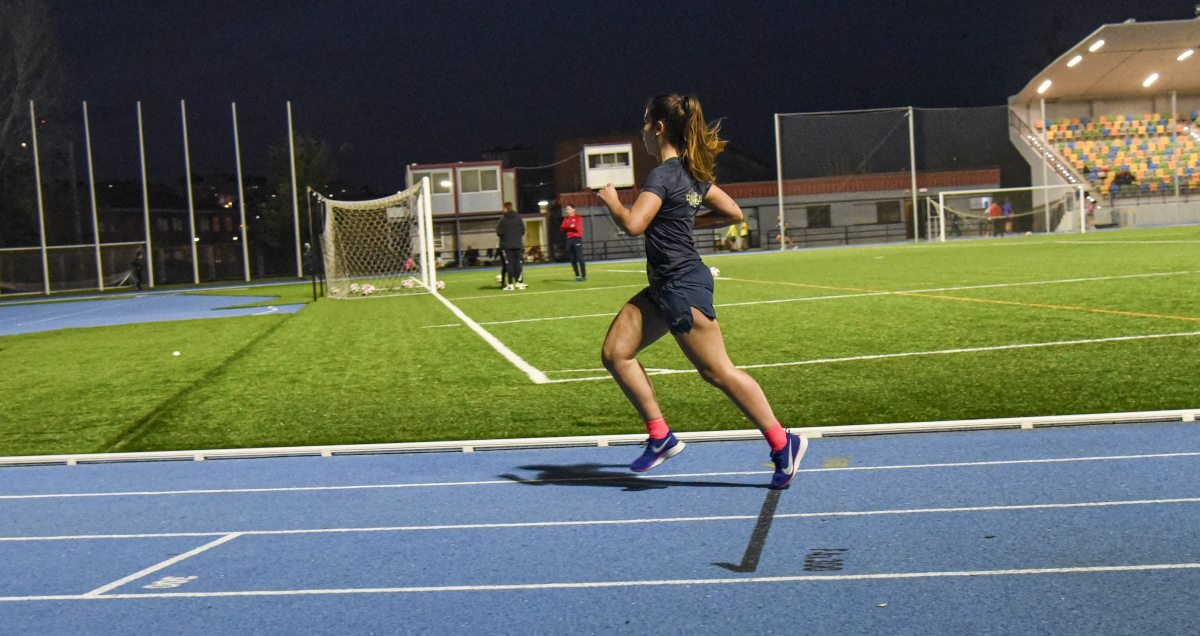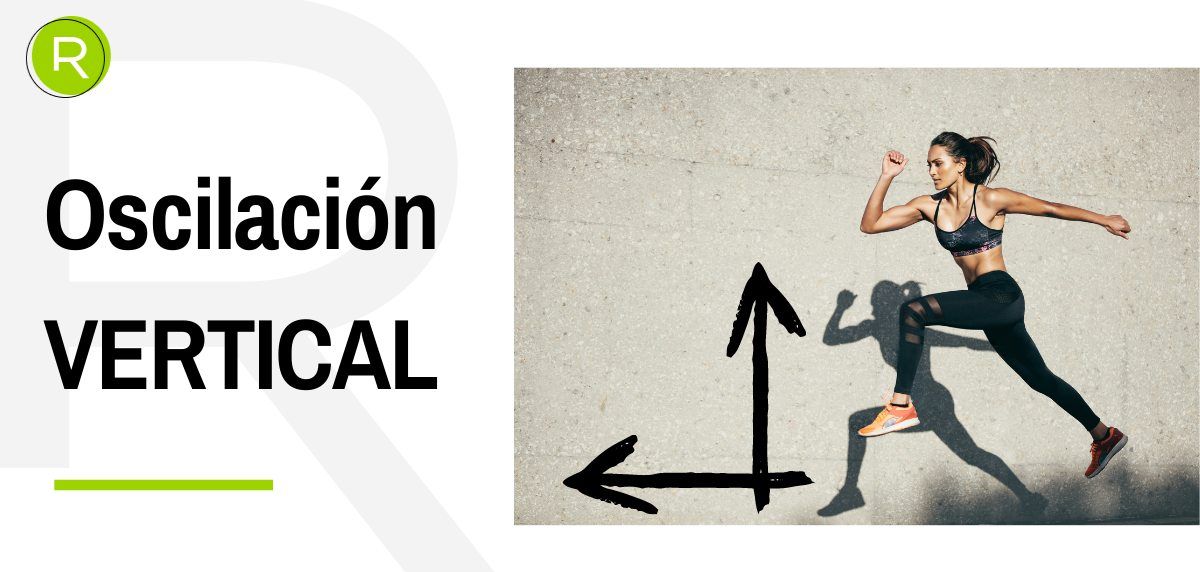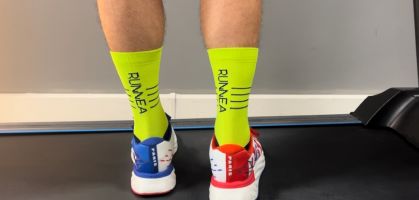The decision when making a considerable investment in products for our sports practice is always difficult, since there is a wide range of all kinds of accessories, running shoes, sports supplements, etc..
The importance of choosing a sports watch based on your interest in the data
Almost always, what limits our choice is the price of the product and when we talk about money, GPSHeart Rate Monitors & Sports Watches or heart rate monitors take the palm. Currently we find a wide range of possibilities and for all budgets, of course if we want certain functions, a good battery life, accuracy, resistance and endless possibilities, we will go to certain models of medium, high or very high range.
However, within each range, and especially between brands, the specific functionalities of each house can make the difference between the choice of a model or brand.
Normally, we look for a rugged GPS watch with some specific functionality (e.g. optical pulse, battery life, etc.), but in many cases when these basic needs are covered we are seduced by aesthetics. Obviously, this section is key in the choice of a GPS or another, with equal functionality, we stay with the one we like the most.
However, beyond aesthetics and as long as we want to get the most out of our future watch, we must look at the differential functionalities of each brand. In this case, one of the most interesting features of the American brand Garmin is the running dynamics and all the variables that this option includes.
Vertical oscillation in running

In previous posts we have talked about some of the variables that we can find in many brands such as the cadence of steps when running, in the following post we want to go a step further and talk briefly about a specific variable that can only be found in Garmin, and makes this brand differential, compared to its competitors.
The variable we are talking about is the vertical oscillation, expressed as an absolute valor(centimeters) or as a percentage (vertical ratio). Despite not being one of the most used variables in popular runners, the study of vertical oscillation at different speeds and the improvement of this has a direct impact on our performance.
What is vertical oscillation and why is it useful to know it?
Right now, many of you are wondering what vertical oscillation is, this parameter represents the centimeters that our center of gravity moves in the Y axis (vertical axis) in each stride. To give you an idea, the greater this oscillation, the worse the application of force we will be doing in each stride. This is normal when we jog at low speeds and normally the valor of this variable improves the faster we go (since we will apply the force better).
How to improve the vertical oscillation parameter?
By means of a correct strength training and an improvement of the running technique we can improve this parameter getting to be more efficient. In spite of this, the improvement of the variable is not something easy and it is necessary to dedicate some time, sometimes taking it away from other types of training.
It is necessary to emphasize that the correct application of force in each stride makes it possible for the best athletes to have a greater running economy, since they are able to apply force more efficiently in the X axis. This has a direct implication on performance, hence the importance of knowing this data and trying to improve it so that our performance evolves.
Therefore, at this point we must remember that something that cannot be measured is difficult to improve, and if we want to analyze all possible aspects related to our performance (regardless of our level) it is important to assess and know the evolution of this variable.
Therefore, if we are of that type of runners who like to analyze all aspects of training, it is necessary to invest some time in knowing all the possibilities offered by the different brands and models.
Read more news about: Running Training





























